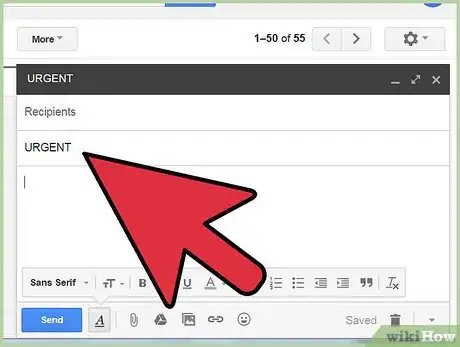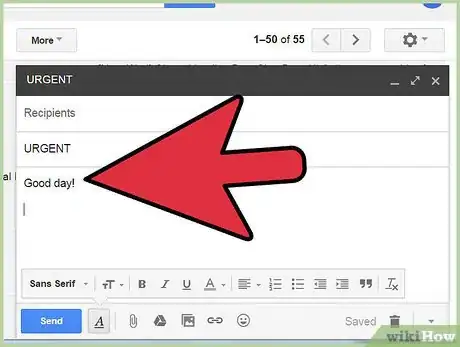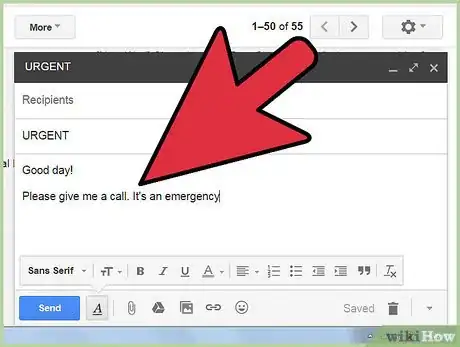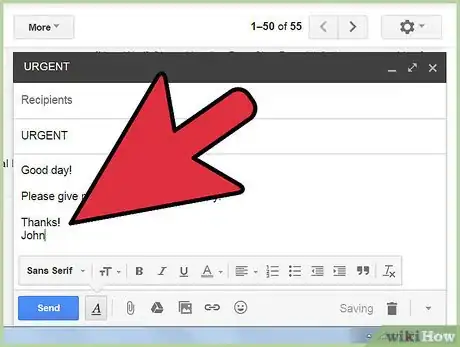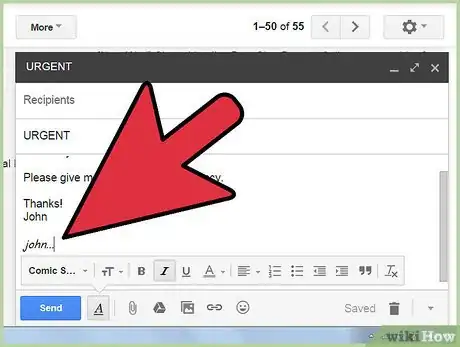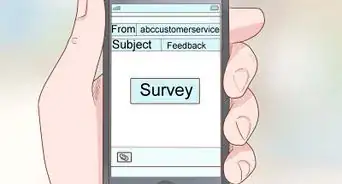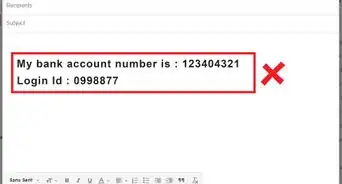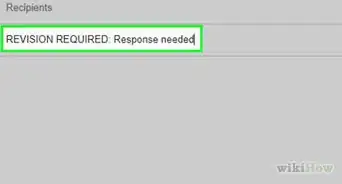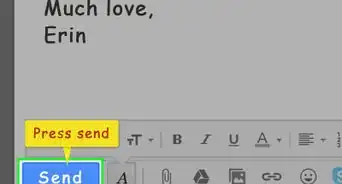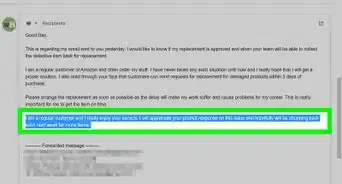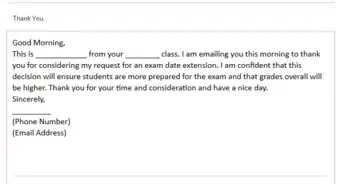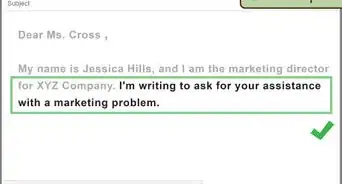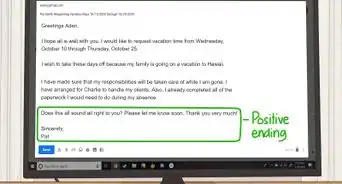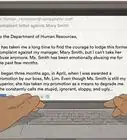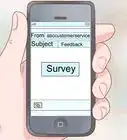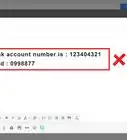X
wikiHow is a “wiki,” similar to Wikipedia, which means that many of our articles are co-written by multiple authors. To create this article, volunteer authors worked to edit and improve it over time.
This article has been viewed 58,629 times.
Learn more...
Email is now one of the most commonly used forms of communication, along with text messages, phone calls, and instant-messaging applications. Corresponding with email has been so common that many people have forgotten how to properly create one. A well-composed email reflects professionalism and sincerity in the message it conveys, so it is absolutely necessary that one should know how to format an email message.
Steps
-
1Compose your email’s subject. The subject line of an email message serves as a short summary of what the message is all about. Your subject line should be straightforward and concise that it’s able to give the recipient an idea on what is the topic of your email in just a few simple words.
- In example, if you’re writing to someone about some business, do not complicate the subject line with too many details like “I like the car you’re driving. I love its blue color and the wheels are gorgeous.”
- Clearly state your motive directly on the subject line. In example: “Interested buyer of your blue sedan.”
-
2Include the proper salutations. Don’t instantly start off the email with what you need to say. Include common salutations like “Greetings” or “Good day.” You wouldn’t want a random person go up and immediately talk to you without even greeting you, would you? It’s the same for emails.
- To make your greeting more personal, include your recipient’s last name in your salutation.
Advertisement -
3Write the body of your message. Depending on the kind of message you’re writing and who you’re sending it to, you can write it however you want.
- If you’re writing to someone close to you, you could make your email sound personal; but if you’re writing a business letter, you need to keep the email as professional as you could.
- You also need to keep in mind the format of your message. Do not use hard-to-read font styles, sizes, and formats, and avoid using capital letters. Uppercase letters, in the digital world, resembles shouting.
-
4Include a closing remark. Don’t just end your email where your message ends. Write closing remarks like “Sincerely,” “Best regards,” or anything you think that will go best with the email you’re composing.
- Closing remarks should definitely go well with your email. Why? Because if you’re writing a business message, you wouldn’t want to write “Lovingly yours” as the closing remarks for your letter; it would be inappropriate.
-
5Add a signature. Although your email address already includes your name on every email you send, it’s still recommended that you include a signature along with every message you compose. Signatures can be just plain text or, if you want to be creative, pictures (like logos, brand marks, etc.).
- Use the Signature option of whatever webmail or email client application you have to create your own signature.
Advertisement
Community Q&A
-
QuestionHow can I change the color of text in an email?
 CamissoniaCommunity AnswerDepending on what email application you are using, it may vary. On most applications, you would simply highlight the text you want to change, then find the color option in the toolbar. From there, you can select a color.
CamissoniaCommunity AnswerDepending on what email application you are using, it may vary. On most applications, you would simply highlight the text you want to change, then find the color option in the toolbar. From there, you can select a color.
Advertisement
About This Article
Advertisement
